Posted November 2nd, 2022 at 8:04 pm by Dan Musick
Limit switches are used to keep the garage door opener from trying to open a garage door that is already open, or trying to close a door that is already closed. Throughout the history of garage doors, engineers have come up with a wide variety of limit switch designs. We have listed a few of them here.
See this article for more information about limit switches and how to adjust them.
Nut-and-shaft assembly
The most common limit switch comes in most of the Sears, Chamberlain and Liftmaster openers made since the early nineties.
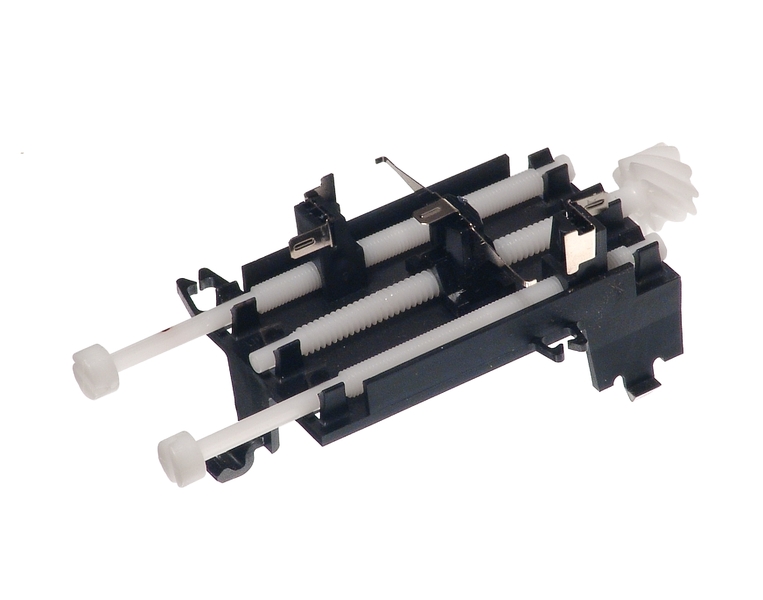
Another common type of limit switch found on commercial and industrial operators uses a limit shaft with two plastic nuts, as shown on this LiftMaster operator.
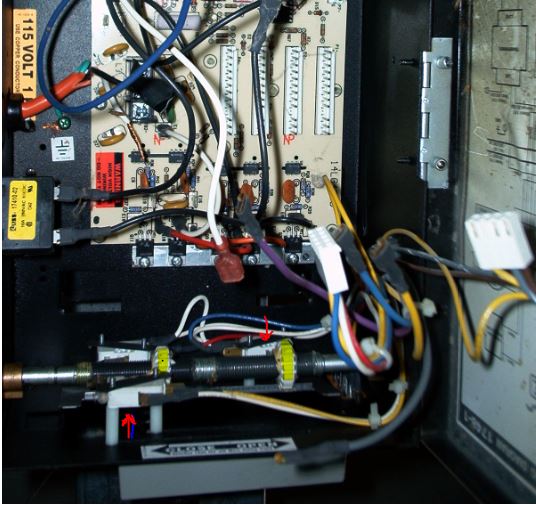
PowerMaster operators use plastic nuts with a design similar to the LiftMaster limit assemblies.

The older Edko operators used wooden nuts that slid between the open and closed switches.
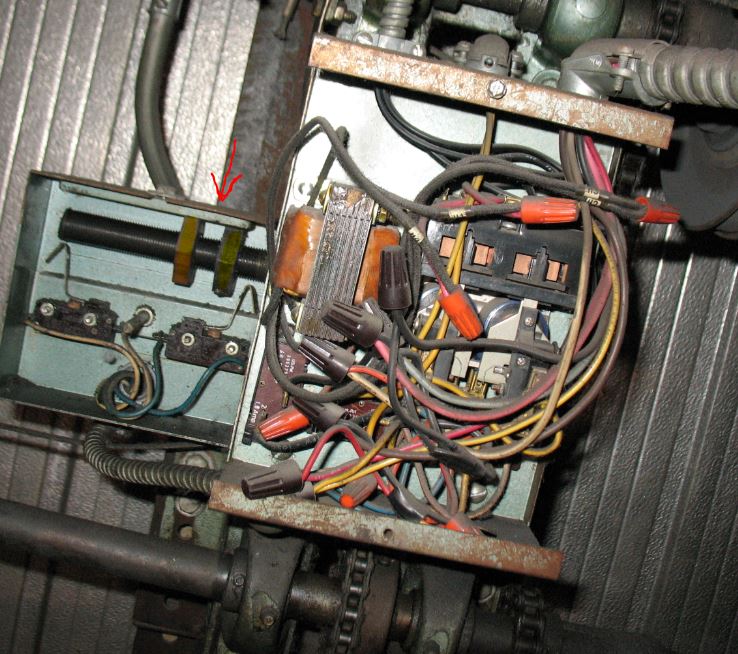
Link operators used plastic nuts sliding along the limit shaft.
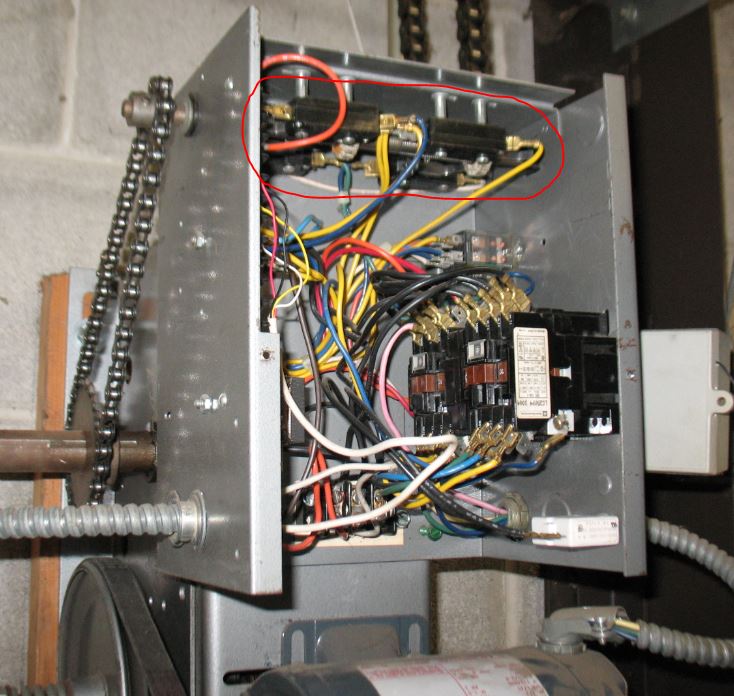
McKeon operators use a similar system with round plastic nuts. A steel plate prevents the nuts from turning on the shaft as the shaft turns.
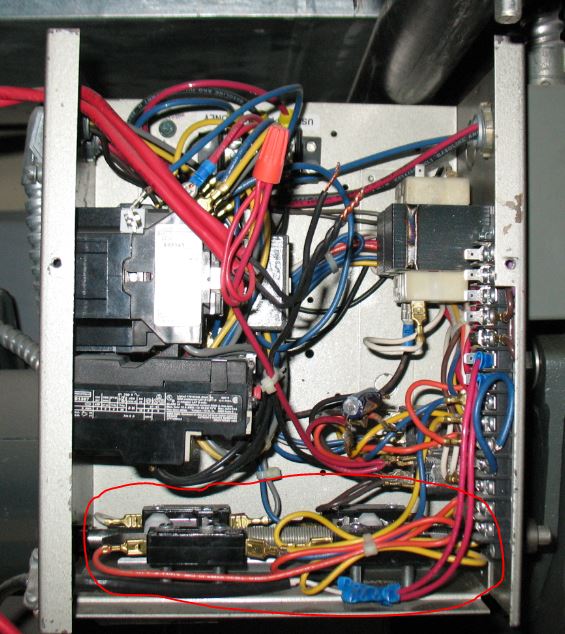
The older Crane operators used limit assemblies with two nuts.

Other types of limit switches
Allister, Allstar, and MVP openers normally used chain dogs to stop the door as it opens and closes.
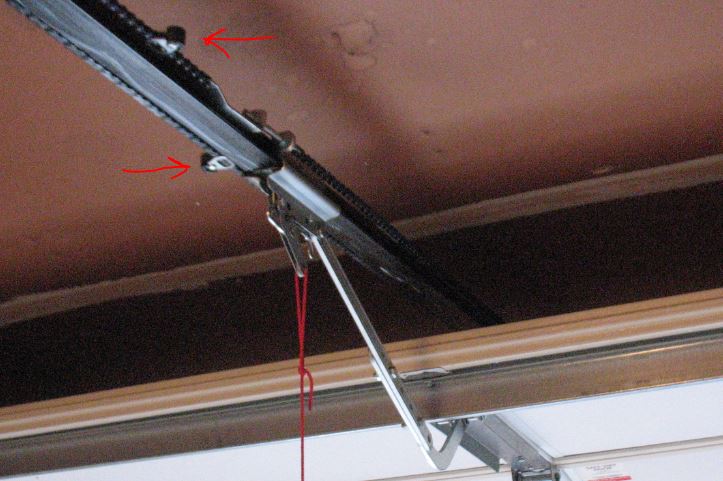
In the image below, you can see where the limit dog has moved an arm. The arm then activated the switch to stop the door travel. The limit dog can be adjusted by loosening the screw that secures the dog to the chain.
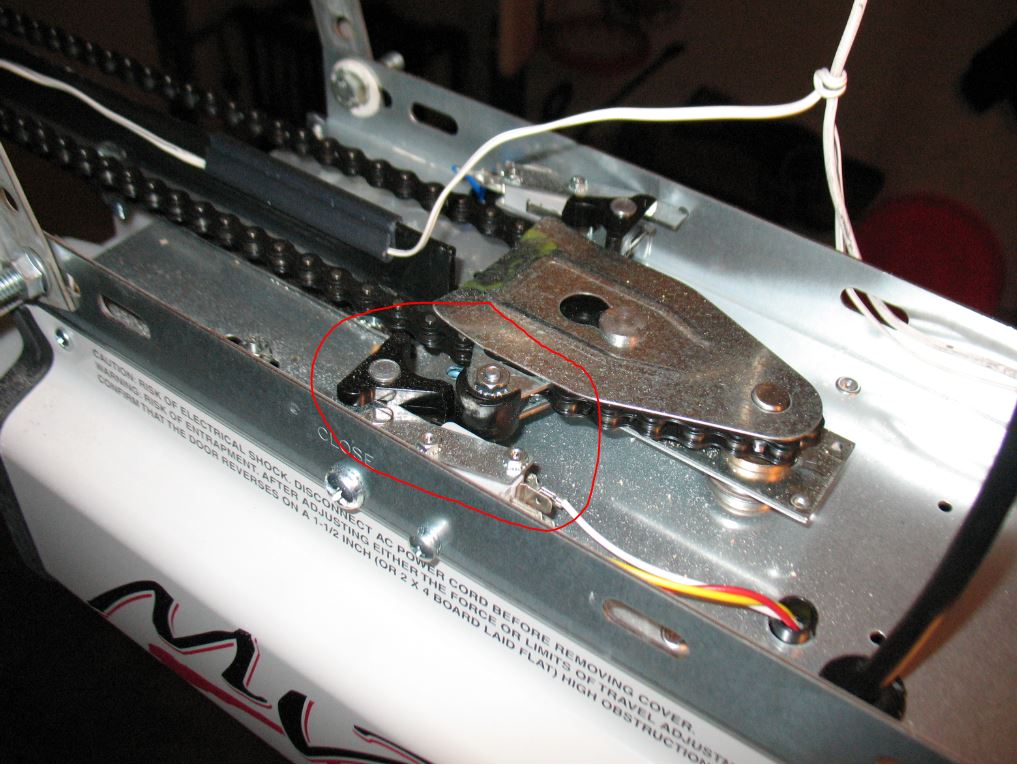
Historically, Genie has used limit switches mounted to the track.
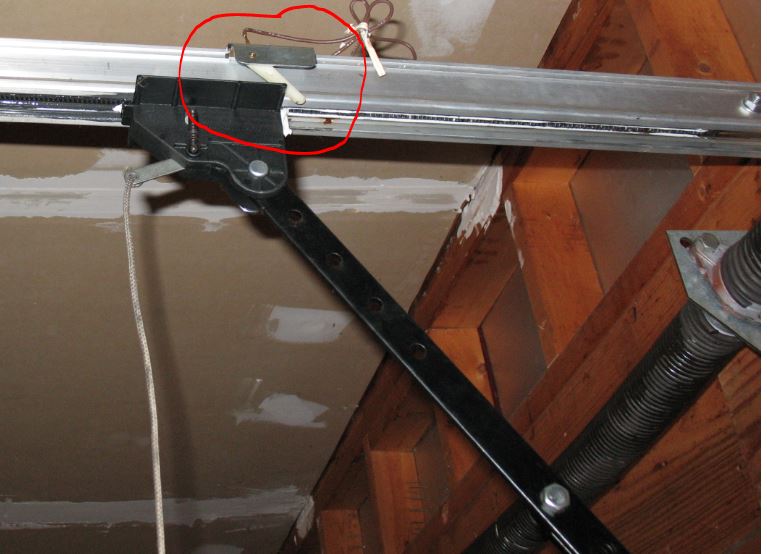
The older Scientific operators also used track-mounted switches to stop the door as it opened and closed.

The older Vemco operators used a small tube that ran the full length of the operator rail.
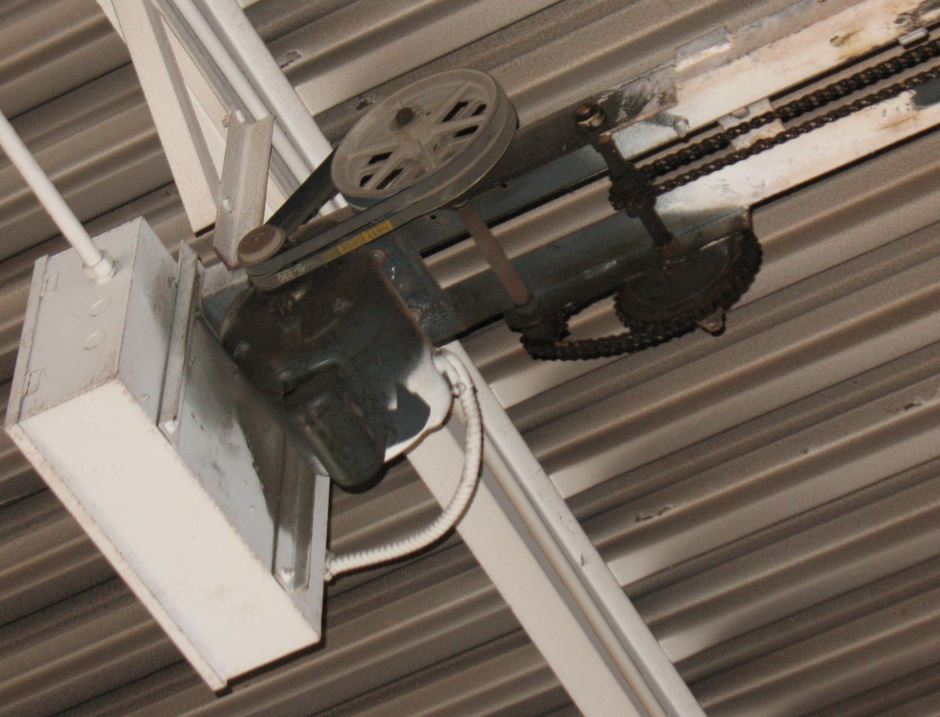
Other applications
You can also install auxiliary limit switches along with operator counters to count the number of times your garage door opens and closes. See our post explaining how to install operator counters for more information.

This entry was filed under History, How Garage Doors Work. You can follow any responses to this entry through the RSS 2.0 feed.

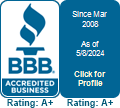
January 24th, 2024 at 4:08 pm
Hello, Do you provide any spare parts or service or manuals for Scientific Products openers? I have an older (late 70’s) 1/2hp friction drive opener on a 12′ door. I love the unit but have had issues (starter capacitors etc). Now the unit has become unresponsive.
January 25th, 2024 at 3:20 pm
Hello Jesse. Unfortunately, we do not have any resources or products for Scientific Products openers.
I do not see that these openers are in production anymore either, which will make it difficult to find replacement parts or manuals. I’m sorry we cannot be more helpful!
February 10th, 2024 at 12:23 pm
Jesse,
I just noticed your earlier post. I’m emailing you a picture of a Scientific operator. The switches may still be available. Please provide a picture of the switch.
Dan
April 8th, 2024 at 11:57 am
Need closed limit part for. C.H.I. garage door opener.
April 9th, 2024 at 1:05 pm
Hello Pearl,
Could you supply us with the model number of the operator, as well as a couple photos of it? That should help us narrow down what you need.
April 30th, 2024 at 7:08 pm
I have an older Genie opener, “Trac-Drive” model 940A, that came with the house I bought. The limit switches were already mounted, but not wired up. And there are no wires connected to the switches or the motor housing. I can buy some wire, but I have no idea of where to install the wires at the housing.
There are 3 screws on the front of the housing numbered 1. 2. 3.
Numbers 1&2 are wired to connect to the push button by the door. Nothing is on 3.
I don’t see any other connection points on the opener housing.
Can you help?
June 17th, 2024 at 11:24 am
Hello Mike, thank you for that question.
My best recommendation for finding the information you need is to get the manual or spec sheet for that operator.
If you aren’t able to find it online, you can also reach out to Genie directly.
I hope that is helpful!